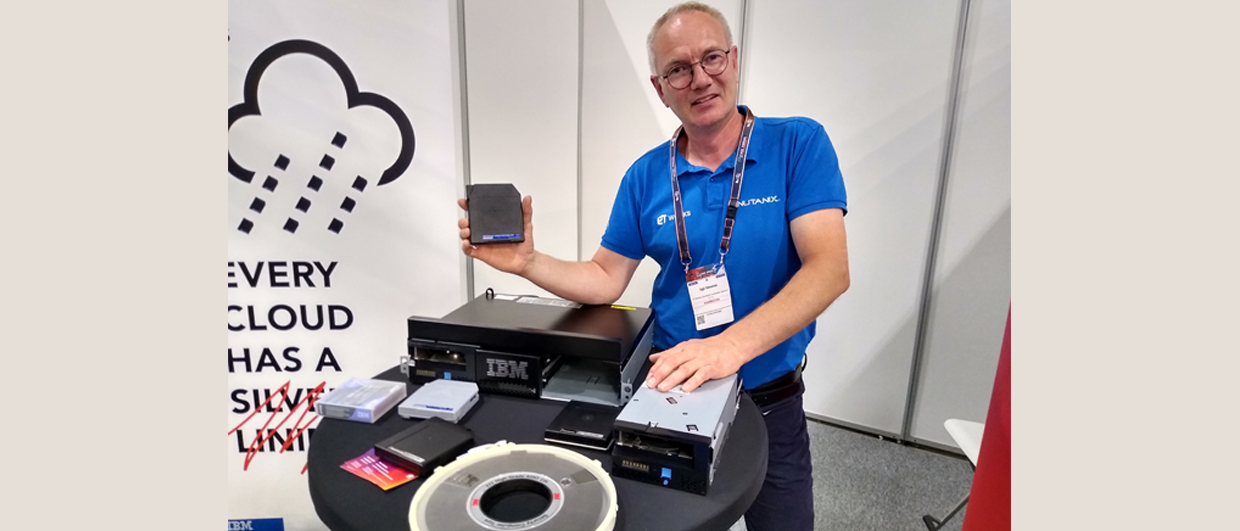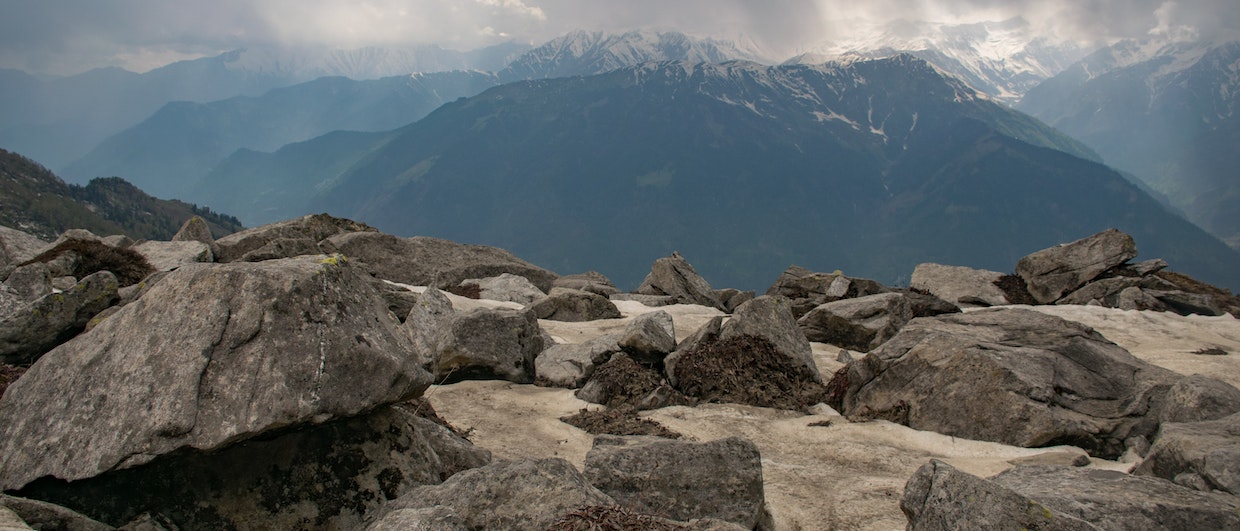A new marine seismic acquisition method offers full azimuth, full offset coverage, excellent quality data and repeatability, all in a very efficient manner.
Over the past 50 years developments in marine seismic acquisition have progressed in leaps and bounds. From the early days of oil exploration, when sound waves from dynamite explosions were recorded on a single hydrophone, through to the advent of 3D and 4C seismic obtained by increasing numbers of streamers and the introduction of ocean bottom systems, technology has tried to keep pace with the evermore demanding needs of the industry.
In recent times, however, there appears to have been a stagnation in development. The exponential growth in the amount of data acquired confirms the need for better quality and efficiency. The industry, as well as the price environment, has changed and it is essential that we develop new technologies that address the complexities of offshore operations and increasingly challenging geological settings. The big question is how to deliver data better suited to advanced quantitative interpretation methods while controlling costs. A new acquisition system, FreeCable™, attempts to address and resolve these issues.
The new acquisition system being tested at sea. (Source: Kietta)
Marine Acquisition Techniques
The trend in recent years has been to tow ever-increasing numbers of streamers in order to increase the volume of data coverage. The PGS Ramform vessels, for example, are giants – 100m long and 70m wide – designed to tow up to 24 streamers, each several kilometers long. But because of the level of hydrodynamic forces involved, the possible number of streamers is approaching its limit, plus there are inherent noise issues through wave motion and towing movement. A massive amount of data is obtained from this equipment; however, surveying in a standard grid pattern is single azimuth, which results in considerable limitations in coverage.
To overcome this, multi-azimuth surveys are undertaken, using a standard array of towed streamers but different shooting azimuths – but the initial cost is approximately multiplied by the number of azimuths, and full azimuth sampling is still not obtained. Alternatively, using several seismic vessels and source vessels, a wide azimuth survey can be acquired, which yields better coverage, though still not full azimuth and with the disadvantage of shorter offsets and logistical complexity – and more expensive again.
Recording Autonomous Vessel (RAV) at sea. (Source: Kietta)
Noise reduction has been a continuing area of research. Most noise is generated through swell, towing, and the strumming related to the mechanical tension in the streamer, which are hard to eliminate with present acquisition methods. The post-processing noise level is also a function of the processing gain, which can be improved with a higher coverage.
Another area of improvement over the years is signal spectrum enlargement. The industry has developed different solutions to overcome the ghost problem, such as the over-under technique, the slant streamer technique or the multi-sensor streamer. However, these advantages remain limited since measurements are corrupted by noise, linked to the fact that streamers are still towed at about 5 knots.
Improving bandwidth and resolution has been a priority since the early days of the seismic method – to see thinner beds, to image smaller faults, and to detect lateral changes in lithology. Broadband seismic acquisition is now an integral part of the process.
Ocean bottom technologies, involving nodes or other receivers static on the seabed, are currently the only solutions that address all the azimuth and offset issues. However, they have significant drawbacks, including seabed-related noise, low productivity and high costs, particularly in deeper water, and they are not suitable for many seafloors, such as pinnacles or corals.
Enter FreeCable
This new method of seismic acquisition, developed by French company Kietta, is the result of six years of discussions, designs, prototypes and trials. It is based on the classical principles of reflection seismology: one or more vessels provide a sound source and a large number of seismic sensors attached to submerged cables measure the reflected waves. There are, however, some very significant modifications in this system, and all the components used have been specifically designed for it.
The FreeCable system. (Source: Kietta)
The main difference lies in the receiver array and the way it is operated. The 8 km-long streamers in the 20-cable spread are independent and autonomous, each controlled by a pair of robot vessels which regulate the position. They float in the mid-water, where there is much less ambient noise than at shallower depths or on the seafloor, with 4C sensors every 25m, each with a hydrophone and geophone measuring wave pressure and velocity. The signals from these are combined to cancel out the reflection ghost, leading to a flat spectrum and full bandwidth over the seismic frequency range, regardless of depth. Very significantly, since there is no towing vessel, the noise resulting from water flow and tension in the cables is completely eliminated.
Data can be acquired using a number of acquisition methods, with the two tested so far being ‘patch’ and ‘progressive’ shooting (see illustration below). In the former the spread is stationary at a fixed location with respect to the seabed. The shooting vessel sails perpendicularly to the cables, ensuring high-fold recovery, shooting every 25m, with an inter-line spacing of 400m and an overshoot of 4 km on each side. Once an 8×8 km zone is covered, the array moves to the next contiguous zone. In progressive shooting the cables and sensors, guided by the autonomous vehicles, move very slowly (~ 0.1 knot) along a pre-determined route. The shooting vessel again sails crossline, shooting every 25m with a 4 km overshoot. The speed of the cables allows them to move 400m in the time it takes the shooting vessel to shoot a complete line.
This level of precision in navigation and timing is possible through the patented navigation techniques used by the autonomous source and the recording vessels. These ensure that the effects of sea currents and mechanical tension and vibrations along the cables are negligible and that the center of the spread stays as close as possible to the target while maximizing the seismic data quality. All operations are supervised from a control room onboard a master vessel communicating with the various components wirelessly, with real time QC of the data.
Acquisition methods tested include (a) patch and (b) progressive shooting. (Source: Kietta)
Acquisition methods tested include (a) patch and (b) progressive shooting. (Source: Kietta)
Full Azimuth and Other Advantages
With this system it is possible to obtain the ‘holy grail’ in seismic acquisition: 3D high fold seismic data with both full azimuth and full offset across the full fold area of 8 km x 8 km. It has high coverage per bin (12.5m x 12.5m in the typical configuration), which greatly improves the post-stack signal-to-noise ratio (+26dB), while the geometry produces a completely isotropic response since full offset, full azimuth data is obtained in every bin: the response is independent of the azimuth.
Freecable may provide illumination of zones which are in ‘shadow’ for other technologies. (Source: Kietta)
One of the most significant applications of this full 3D acquisition is that in complex subsalt geological structures it may allow for the illumination of zones which are in ‘shadow’ for other technologies. In addition, it provides richer data for amplitude versus offset and azimuth reservoir characterization studies.
With the inline geophone signal recording useful seismic energy which can be exploited to give a 3D vector measure of the particle velocity, and positional accuracy better than 1m (2D-RMS radial error), allowing for accurate repeatability, this methodology is ideal for 4D and 4C investigations.
This method shows improved productivity over other seismic acquisition methods in a number of ways. Without a cable-towing vessel time is not wasted on wide U-turns. As a result continuous acquisition is obtained when using the progressive method, while the patch survey is ideal for cost-effective 4D. In addition, there is far less weather downtime, as the method is not as sensitive to bad weather and high sea states. In fact, when compared to same data quality surveys acquired by traditional methods over a 900 km² area, FreeCable is twice as productive as multi-azimuth acquisition and six times more productive than OBC.
Flexibility is another key feature, as it is easy to mobilize and operate this system in any environment and the geometry and survey design can be tuned to each individual project. From the environmental viewpoint, operations leave a small footprint, with very low fuel consumption, no impact on sea bottom, and a low level power source with respect to marine fauna, while the reduced number of offshore personnel required to run such a survey is advantageous from the safety perspective.
Full bandwidth is attained by the cancellation of the ghost notch through PZ summation. (Source: Kietta)
Sea trials proved that full bandwidth is obtained, with the ghost notch eliminated through PZ summation.
Successful Tests
Full azimuth and full offset: one of the main advantages FreeCable has over traditional acquisition systems. (Source: Kietta)
In 2014 Kietta had the opportunity to test their new system in a deepwater area in the Mediterranean, where it proved very successful. Using only a small source – a 150 in3 mini air-gun array – and in water depths of 2,400m, up to seven seconds of data was recorded. Being able to obtain such results with low energy sources at water depths of over 50m is crucial for operations close to marine mammals and fishery conservation areas.
The raw seismic data was of good quality on all four components and the ghost removal predicted through the use of the hydrophone and geophone records was achieved. The system was tested with respect to its ability to control the position of the array and for repeatability, both with satisfactory results.
So, with high productivity and efficiency in a wide range of water depths and sea conditions, a light environmental footprint, full azimuth data, a flexible geometry and a range of applications – is this the future for seismic acquisition?
Advertisement





